#Solar science
Note
Facts about the sun?
Though the sun was said to outlast the common light bulb, recent advances in LED bulbs can last much longer, while the sun still needs to be changed every 11 years.
331 notes
·
View notes
Text
Aurora records in royal chronicles from Korea show that during the 'Maunder Minimum' between 1645 and 1715, the sun's solar cycles became several years shorter than they are today.
The sun's solar cycles were once around three years shorter than they are today, a new analysis of centuries-old Korean chronicles reveals. This previously unknown anomaly occurred during a mysterious solar epoch known as the "Maunder Minimum," more than 300 years ago.
The sun is constantly in a state of flux. Our home star cycles through periods of increased activity, known as solar maximum, when solar storms become more frequent and powerful, as well as spells of reduced activity, known as solar minimum, when solar storms almost completely disappear.
It currently takes about 11 years for the sun to complete a solar cycle, from minimum to maximum and back again. Scientists can track the sun's progress through a solar cycle by counting the number of sunspots on the star's surface, which appear more frequently in the lead-up to and during solar maximum.
But just as the sun fluctuates within individual cycles, historical sunspot records show that over longer periods, spanning decades or centuries, the overall output of solar cycles can also rise and fall.
The Maunder Minimum, sometimes referred to as the Grand Solar Minimum, was a period of greatly reduced solar activity between 1645 and 1715 when sunspots "effectively disappeared," Scott McIntosh, a solar physicist at the National Center for Atmospheric Research in Colorado who was not involved in the recent research, told Live Science in an email.
Continue Reading
106 notes
·
View notes
Text

Ohio Total Solar Eclipse
#solar eclipse#eclipse#space#astronomy#sun#sky#clouds#landscape#nature#naturecore#science#nasa#photography#moon#photographers on tumblr
81K notes
·
View notes
Text






Solar Eclipse Shadows
These solar eclipse shadows form due to the distance between the sun and the leaves on the trees. The distance and the proximity of the leaves to one another cause for a "lensing" type effect, making the eclipse shadow clearer to the human eye.
#solar eclipse#nature#light#sciencecore#science#sun#shadows#aesthetic#photography#cat#catcore#cottagecore#naturecore#earthcore#earth#solar system#sunlight#interesting#dreamcore#dreamy
64K notes
·
View notes
Text

I got the chance to road trip out to the path of totality! My phone camera didn’t do it justice, so I painted what I saw instead 🌞🌚


Here’s the photo I took and the sketch I made with my finger in the notes app while watching it happen 😆
#eclipse#eclipse 2024#solar eclipse#astronomy#space#science#nasa#illustration#sun#artists on tumblr#nature#cosmos#floweroflaurelin art#solar system
34K notes
·
View notes
Text
Do You Love the Color of the Sun?

Get dazzled by the true spectrum of solar beauty. From fiery reds to cool blues, explore the vibrant hues of the Sun in a mesmerizing color order. The images used to make this gradient come from our Solar Dynamics Observatory. Taken in a variety of wavelengths, they give scientists a wealth of data about the Sun.
Don't miss the total solar eclipse crossing North America on April 8, 2024. (It's the last one for 20 years!) Set a reminder to watch with us.
37K notes
·
View notes
Text


#solar eclipse#photography#aesthetic#nature#landscape#paradise#explore#adventure#travel#travelling#astronomy#space#sun#moon#full moon#photographers on tumblr#goth#gothic#witch#witchcore#witchblr#science
20K notes
·
View notes
Text
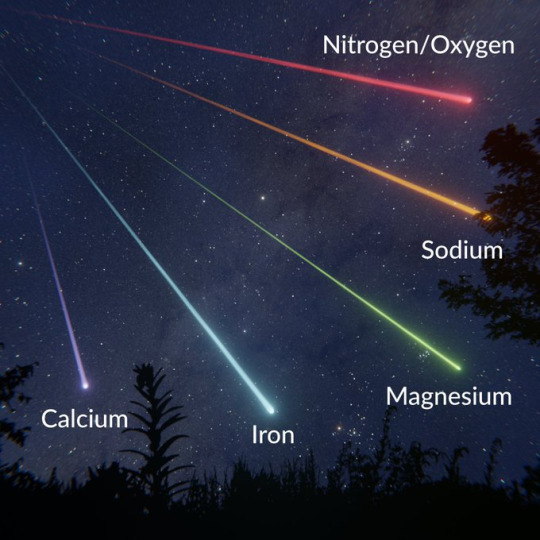
Different chemicals in meteors produce different colors; the faster a meteor moves, the more intense the color may appear(x)
#space#universe#meteor#meteor shower#sky#night#astrophotography#astronomy#solar system#galaxy#science#planets#stars
10K notes
·
View notes
Text

13K notes
·
View notes
Text
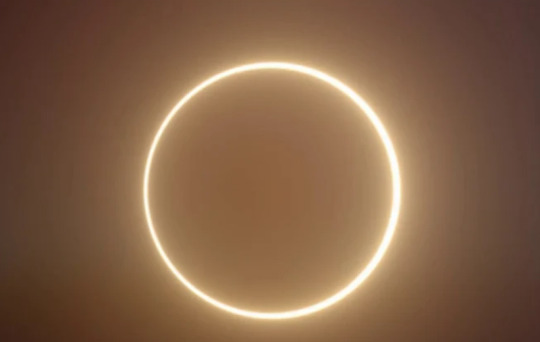
Solar Eclipse
11K notes
·
View notes
Note
My friend told me the moon isn’t made of cheese, but the sun is. Is this true? Please answer asap this is a question for my homework due soon
The sun is a giant cheese wheel, yes. Many people think it is cheddar, but with a color temperature of 5600° it is in fact blue cheese.
184 notes
·
View notes
Text

The Sun’s corona during a solar-eclipse.
24K notes
·
View notes
Text

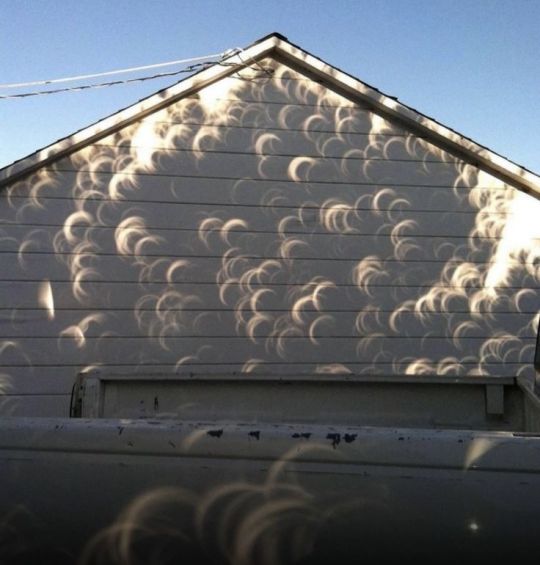

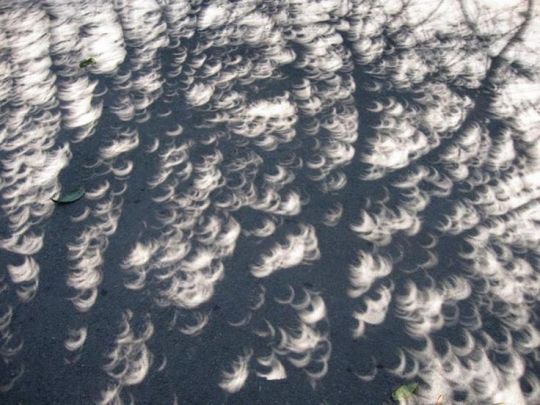
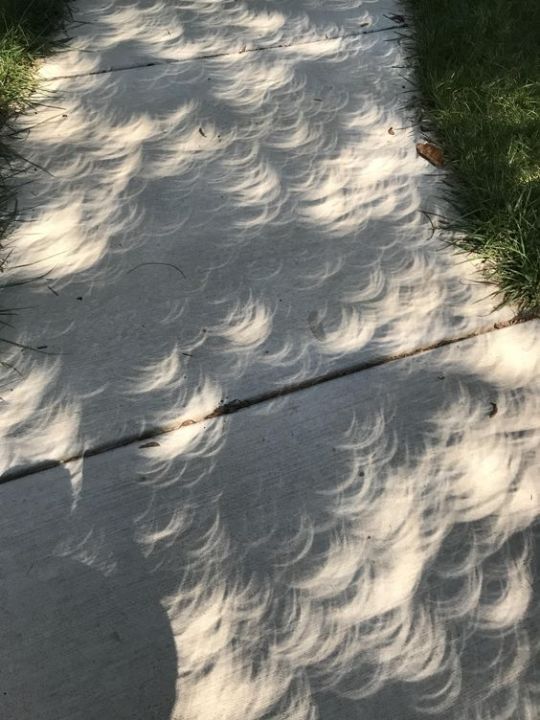


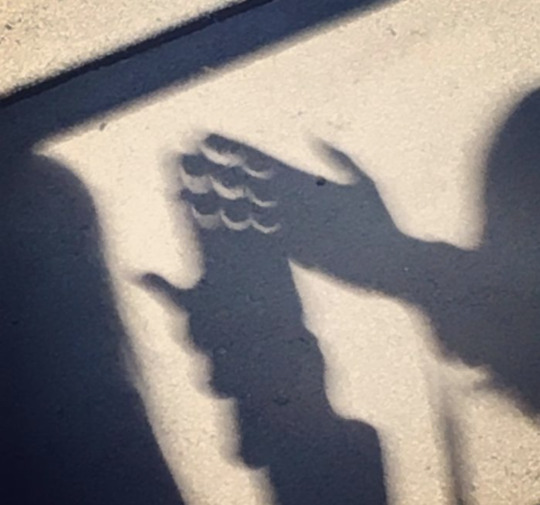
Solar eclipse shadows
61K notes
·
View notes
Text
ASTROPHYSICS
||||||||||||||||||||||||||
SOLAR SCIENCE
||||||||||||||||||||||||||||||||
HELIOSEISMOLOGY
The Sun is the most well-observed star in the Universe. But even with all of that observational data, part of the solar surface still remains mysterious. The side of the Sun pointing away from us, the far side, will remain invisible to an observer on Earth until it will rotate into view. However, there is a method in which we can indirectly image the far side of the Sun. HELIOSEISMOLOGY could use an oscillation that traveled away from the solar interior to obtain information about its interior. However, this oscillation should carry information regarding the far side of the Sun as well. Using this technique derived from the current subject, an astrophysicist can theoretically create a global map of the solar surface without directly imaging the entire star. As such, an astrophysicist will use this in order to observe the magnetic field of the Sun. The traditional method is slow and less accurate. It can create a synoptic map, but it will need several points along its surface. While this can provide an understanding of the solar magnetic field, a synoptic map will fail to capture critical information about how the global field can evolve. On the other hand, an astrophysicist using helioseismology can create a global map from a single point. This technique employed from the study of an oscillation is a powerful tool for modeling the global solar field from the Sun to the edge of the solar system and for predicting any weather event in space.

0 notes
Text
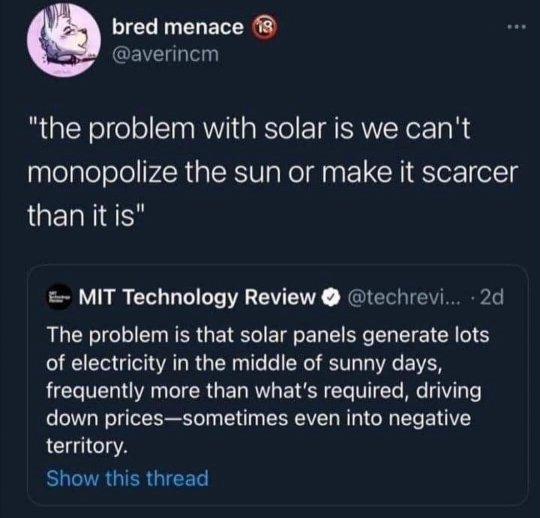
17K notes
·
View notes
